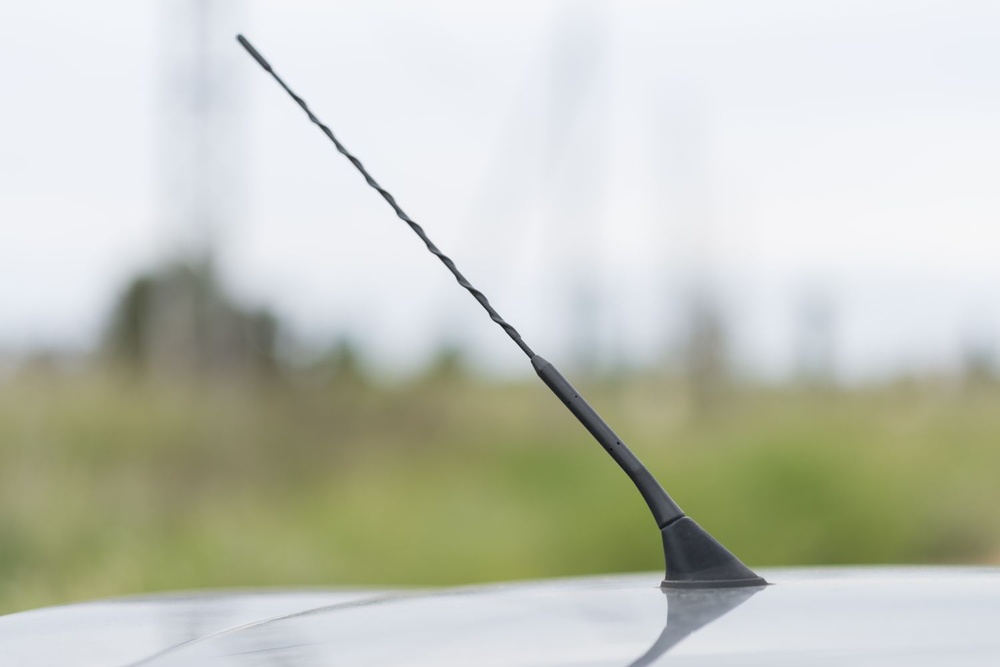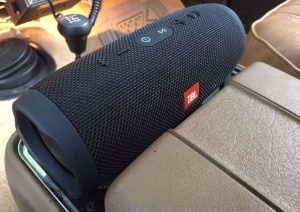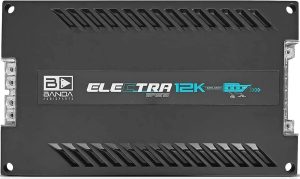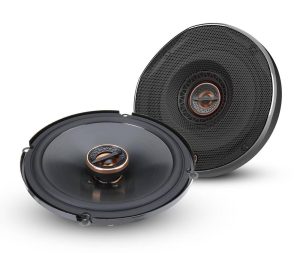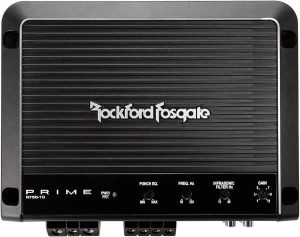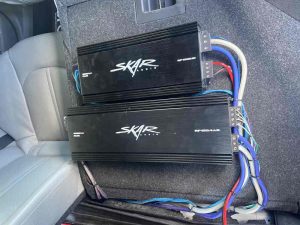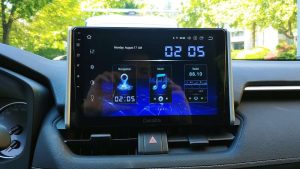What Are the Car Antenna Types? Well, if you’ve ever wondered about the variety of antennas adorning vehicles, you’re not alone. As a seasoned car enthusiast, I’ve come to appreciate the importance of antennas in ensuring excellent reception for radio, GPS, and other communication systems. From the classic whip antennas to the sleek shark fin designs, each type serves a unique purpose in enhancing connectivity and functionality on the road.
Contents
Experience with Car Antennas

My journey with car antennas began with a standard whip antenna protruding from the rear end of my vehicle. While it served its purpose adequately, I soon realized the limitations of this traditional design, especially in terms of aesthetics and aerodynamics. Over the years, I’ve experimented with different antenna types, exploring their pros and cons to find the perfect fit for my needs.
Traditional Whip Antennas
Description: Whip antennas, also known as mast antennas, are perhaps the most recognizable type found on cars. They consist of a long, slender metal rod typically mounted on the exterior of the vehicle.
Pros:
- Long-standing reliability: Whip antennas have been a staple in car design for decades, known for their robust performance and durability.
- Wide availability: These antennas are readily available and can be easily replaced or upgraded.
Cons:
- Aesthetic drawbacks: The protruding nature of whip antennas can detract from the vehicle’s appearance, particularly for those seeking a sleeker design.
- Vulnerability to damage: Due to their exposed position, whip antennas are susceptible to damage from low-hanging branches, car washes, and other hazards.
Shark Fin Antennas
Description: Inspired by the streamlined shape of a shark’s dorsal fin, shark fin antennas offer a modern and aerodynamic alternative to traditional whip antennas. These antennas are typically integrated into the vehicle’s body, blending seamlessly with the overall design.
Pros:
- Sleek design: Shark fin antennas contribute to a more streamlined and contemporary aesthetic, enhancing the vehicle’s overall appearance.
- Improved aerodynamics: Unlike whip antennas, which can create drag and wind noise, shark fin antennas are designed to minimize air resistance.
Cons:
- Limited compatibility: Retrofitting older vehicles with shark fin antennas may require modifications to the roof or body, making it less feasible for some car owners.
- Reduced signal range: In certain cases, the integrated design of shark fin antennas may result in slightly reduced signal reception compared to traditional whip antennas.
Internal Glass-Mounted Antennas
Description: Internal glass-mounted antennas, also known as hidden antennas, are discreetly embedded within the vehicle’s windshield or rear window. These antennas utilize the glass itself as a substrate for transmitting and receiving signals.
Pros:
- Minimal visual impact: Since internal antennas are hidden from view, they preserve the clean lines of the vehicle’s exterior without compromising aesthetics.
- Protection from damage: Being nestled within the glass provides added protection against physical damage and environmental elements.
Cons:
- Signal interference: The presence of metallic coatings or tinting on the glass can sometimes interfere with signal reception, affecting the antenna’s performance.
- Limited range: Internal antennas may not offer the same signal range as external antennas, particularly in remote or rural areas with weaker signal coverage.
Satellite Radio Antennas
Description: Satellite radio antennas are specifically designed to receive signals from satellite-based radio services, such as SiriusXM. These antennas are typically smaller and more compact than traditional whip antennas, often resembling a small puck or disk mounted on the roof of the vehicle.
Pros:
- Access to premium content: Satellite radio antennas provide access to a wide range of satellite radio channels and programming, including music, news, sports, and more.
- Clear reception: Satellite radio offers superior sound quality and reception compared to traditional AM/FM radio, especially in areas with poor terrestrial signal coverage.
Cons:
- Subscription fees: Unlike free-to-air AM/FM radio, satellite radio services typically require a paid subscription, adding to the overall cost of ownership.
- Line-of-sight limitations: Satellite radio signals can be obstructed by tall buildings, tunnels, and other obstacles, limiting reception in urban environments or during inclement weather.
Conclusion
What Are the Car Antenna Types? In the world of car antennas, variety is indeed the spice of life. Whether you prefer the classic appeal of whip antennas or the sleek sophistication of shark fin designs, there’s no shortage of options to suit every taste and preference. When choosing the right antenna for your vehicle, consider factors such as aesthetics, functionality, and signal coverage to ensure optimal performance on the road. Ultimately, the perfect antenna is the one that seamlessly integrates with your vehicle while delivering reliable connectivity wherever your adventures take you.
